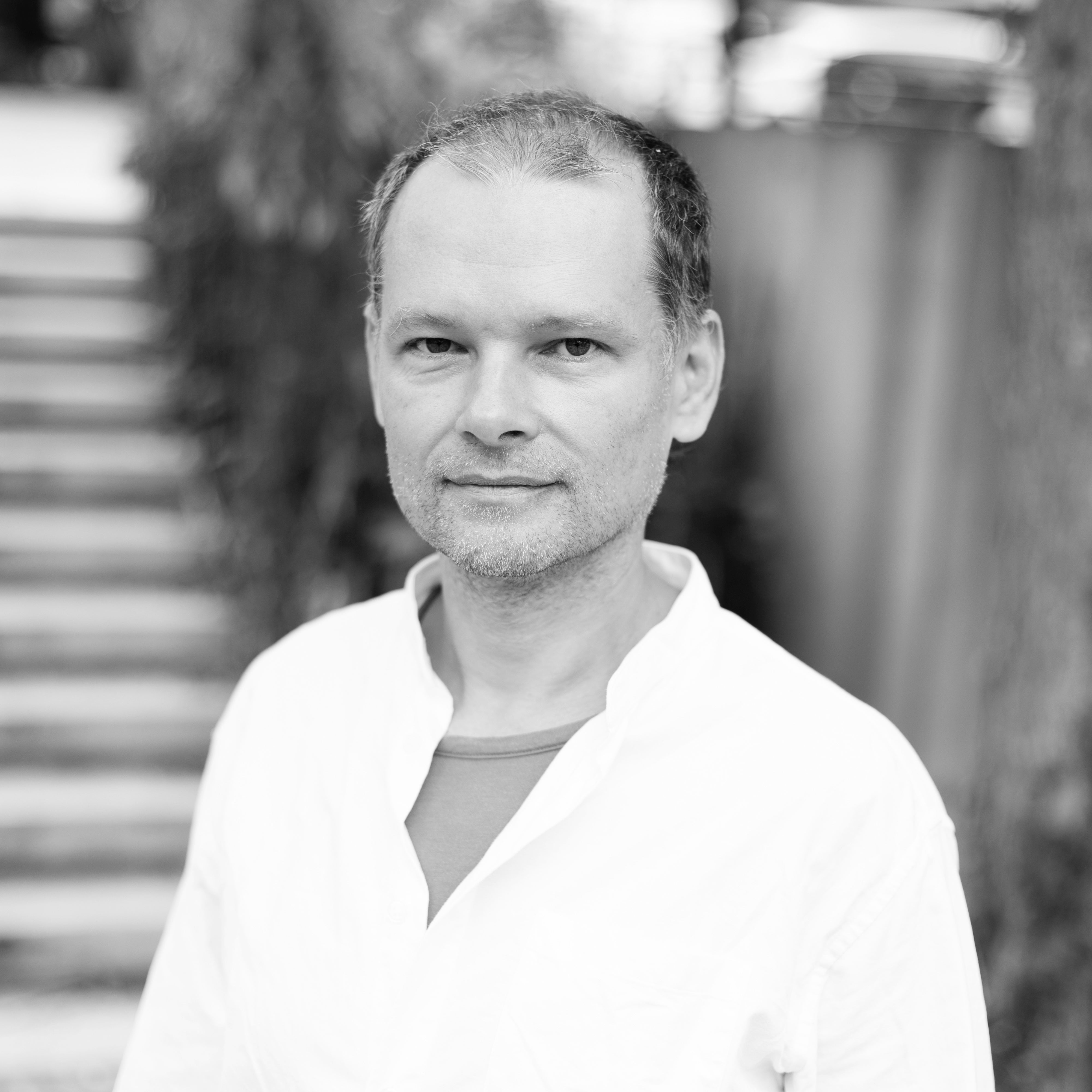Peter Stec
Biography
Peter Stec is a registered architect, principal and founder of Place/pace, and one of the inaugural Virginia Architecture Fellows. At UVA, he will explore how spaces can focus our interactions, how our exchanges crystallize as spatial hierarchies, how the dual representations of movement and enclosure mix for creative breakthroughs.
The topic extends a lineage of interests woven between research and practice — looking beyond the material division of architectural envelopes to spaces of meeting opportunities, creative exchanges and inspiration. Aiming to trace the flow of ideas in academic networks for example, his Fulbright research on the contemporary campus influenced several winning competition entries of academic, research and sport campus masterplans. At the opposite spectrum of scales, the academic experiments with responsive elements and environments, published for example in the Cornell Journal of Architecture, led to projects integrating exhibition design, interactive content, and responsive environments.
His practice operates at the boundary of architecture, urban fragments and landscape, designing predominantly public works based on successful competition entries. It builds on experience gained working at Eisenman Architects, the Office for Metropolitan Architecture and Herzog & de Meuron. In a process aiming to fold time into its design steps, it is currently developing several projects open to participation, aiming to cyclically adapt to users, seasons and climate.
Peter received his professional degree from the University of Applied Arts in Vienna and a post-professional Master of Architecture from Princeton University. He held research and teaching positions at SUNY Buffalo, Rice University, Cornell University and the Academy of Arts, Architecture and Design in Prague, among others. The courses included core and computational studios, interactive prototyping classes and seminars investigating the dynamic tools shaping the evolution of cities.

